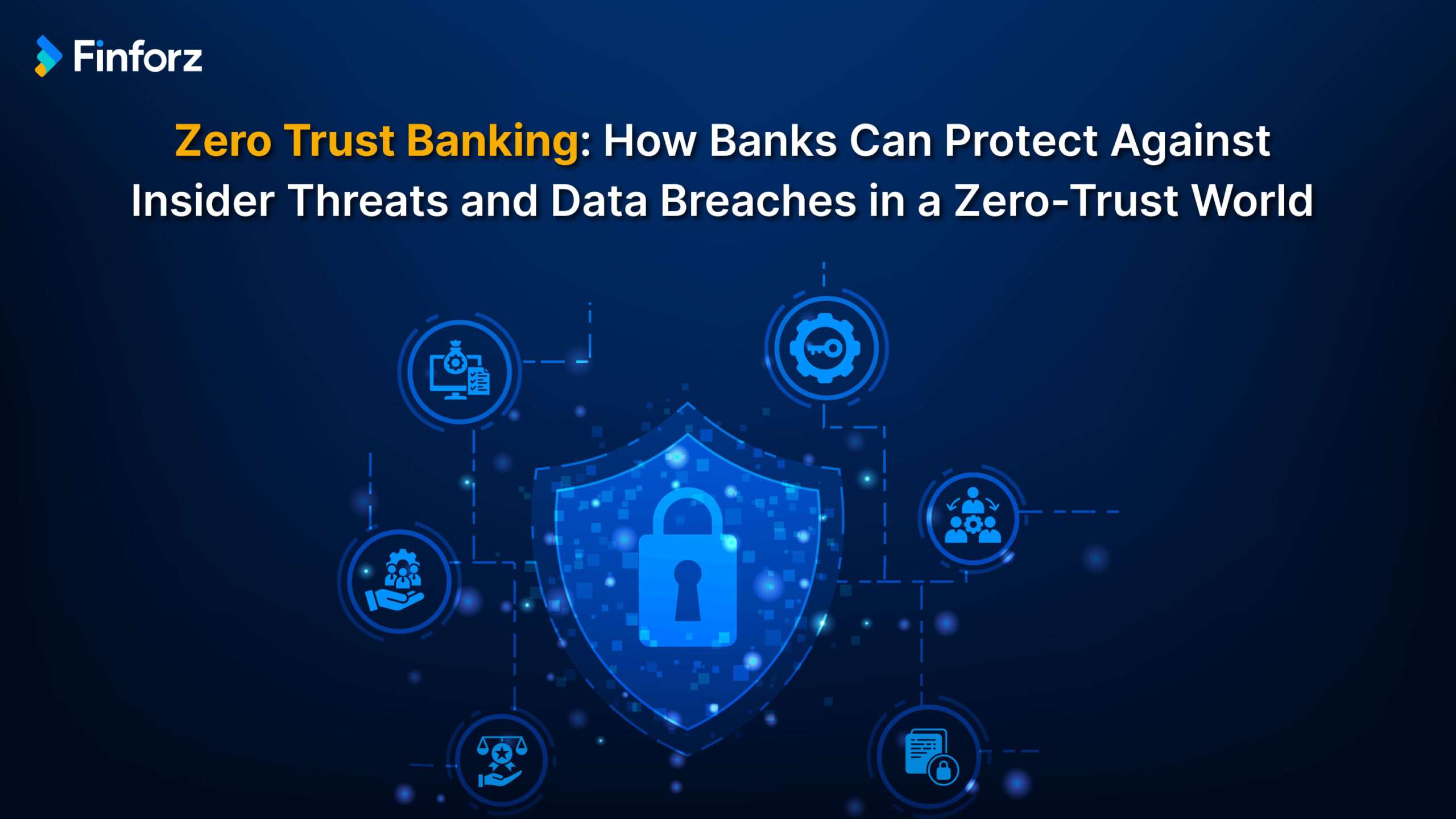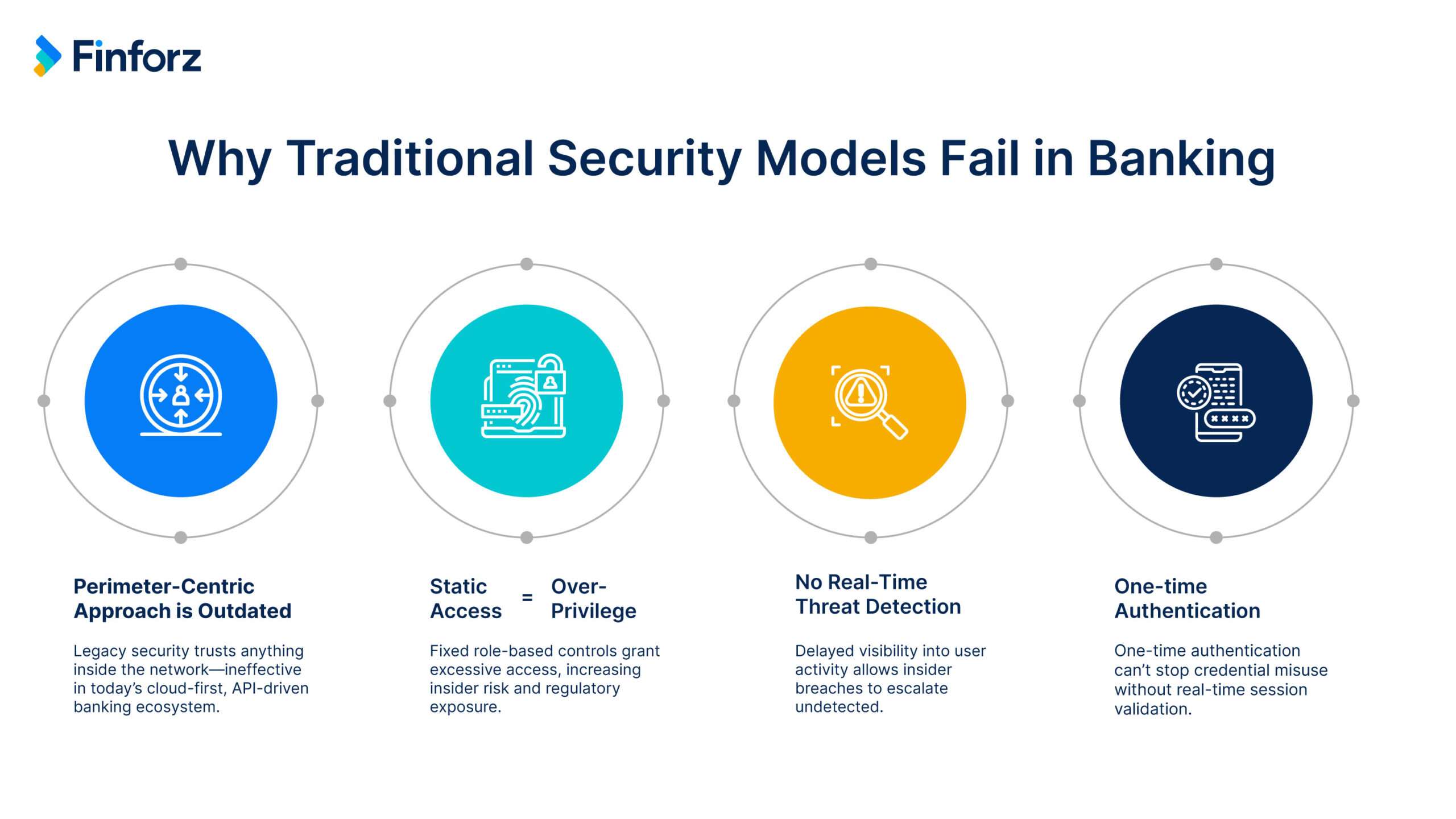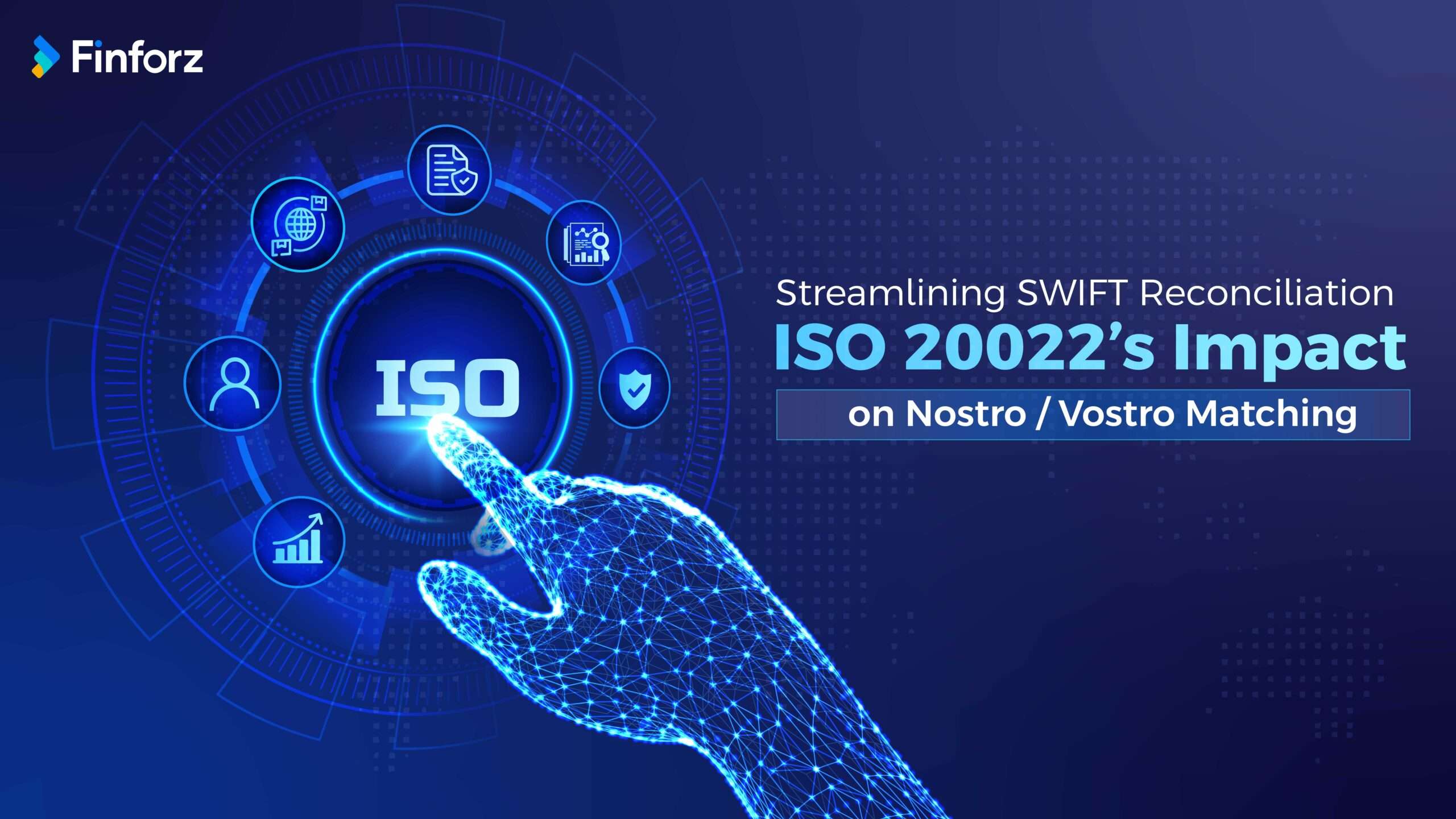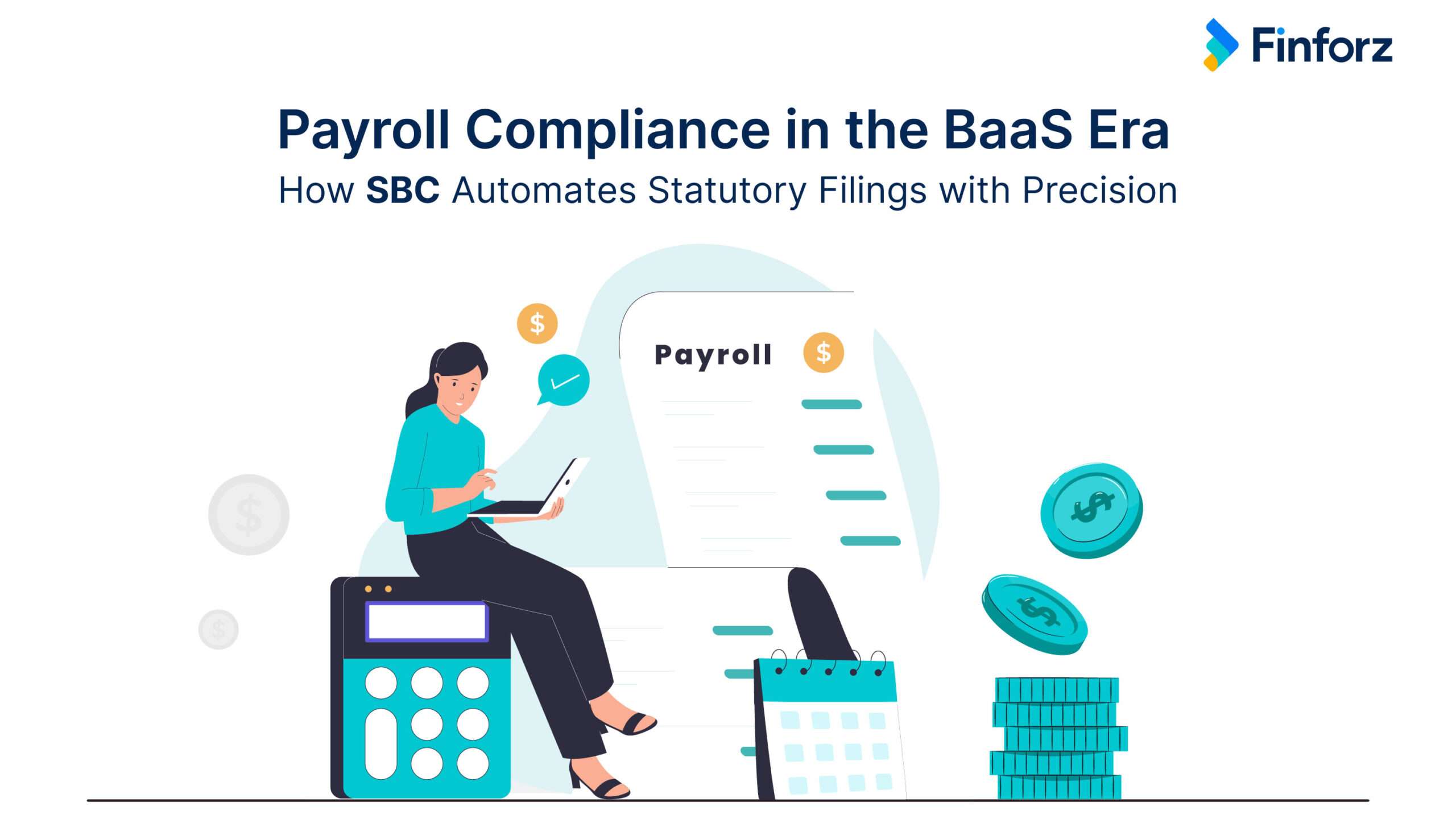Zero Trust Banking: How Banks Can Protect Against Insider Threats and Data Breaches in a Zero-Trust World

Insider threats are rising fast—56% of financial institutions experienced at least one internal breach in the past year, many leveraging legitimate credentials to bypass legacy security controls. In a world where access is everywhere across cloud apps, third-party APIs, and remote teams, trust is no longer a viable line of defense.
That’s why leading institutions are shifting to a Zero Trust security model, where no user, device, or system is trusted by default. Instead of defending the perimeter, Zero Trust focuses on continuous verification, granular access controls, and real-time visibility. Finforz Technologies is helping banks accelerate this transition through intelligent identity and access management laying the foundation for a more secure, compliant, and resilient digital banking ecosystem.
What is Zero Trust Banking?
Zero Trust Banking is a cybersecurity framework that operates on the principle of “never trust, always verify,” requiring continuous authentication and strict access controls for every user and device, regardless of their location. As of 2025, the Zero Trust market is valued at $38.37 billion and is projected to grow to $86.57 billion by 2030, with a CAGR of 17.7%. Furthermore, 63% of organizations worldwide have implemented Zero Trust either partially or fully, highlighting its critical role in modern cybersecurity strategies.

The Hidden Cost of Insider Threats and How Finforz IAM Mitigates the Risk
Insider threats cost organizations an average of $15.4 million annually, with the financial services industry incurring the highest losses. These incidents often stem from credential misuse, over-privileged access, and delayed detection that demand proactive, identity-driven security.
Finforz Identity and Access Management Solution equips banks with a comprehensive suite of features to address these risks:
With Finforz IAM, banking and financial institutions can mitigate insider threats, safeguard sensitive assets, and maintain a strong Zero Trust posture.




